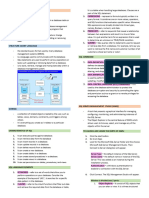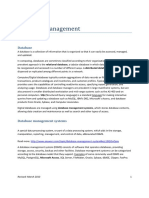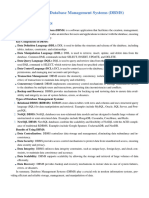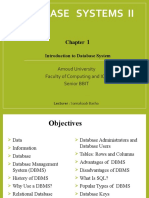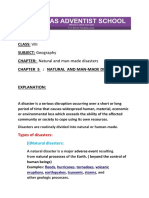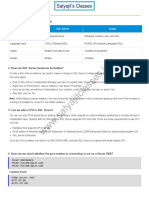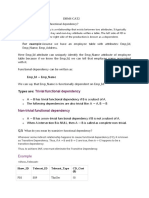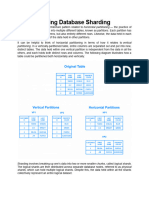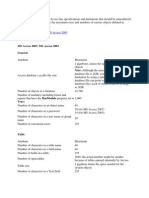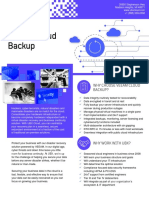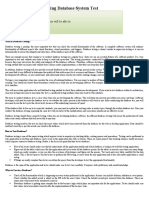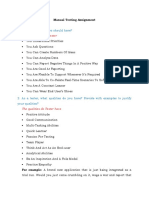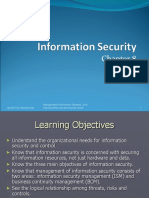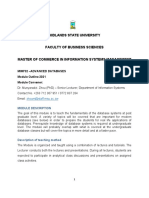0% found this document useful (0 votes)
102 views59 pagesSSMS BasicSQLServAdmin
This document provides an introduction and agenda for a workshop on SQL Server database administration. It discusses what a database management system (DBMS) is and what it manages, including databases, schemas, indexes, and other metadata. It explains the key components of a relational database, including tables, entities, relationships, and the relational domain model. It also covers database security concepts like users, groups, privileges, and access control. The document emphasizes best practices around carefully managing the powerful "SA" system administrator account.
Uploaded by
cr4satyajitCopyright
© © All Rights Reserved
We take content rights seriously. If you suspect this is your content, claim it here.
Available Formats
Download as PDF, TXT or read online on Scribd
0% found this document useful (0 votes)
102 views59 pagesSSMS BasicSQLServAdmin
This document provides an introduction and agenda for a workshop on SQL Server database administration. It discusses what a database management system (DBMS) is and what it manages, including databases, schemas, indexes, and other metadata. It explains the key components of a relational database, including tables, entities, relationships, and the relational domain model. It also covers database security concepts like users, groups, privileges, and access control. The document emphasizes best practices around carefully managing the powerful "SA" system administrator account.
Uploaded by
cr4satyajitCopyright
© © All Rights Reserved
We take content rights seriously. If you suspect this is your content, claim it here.
Available Formats
Download as PDF, TXT or read online on Scribd
/ 59

